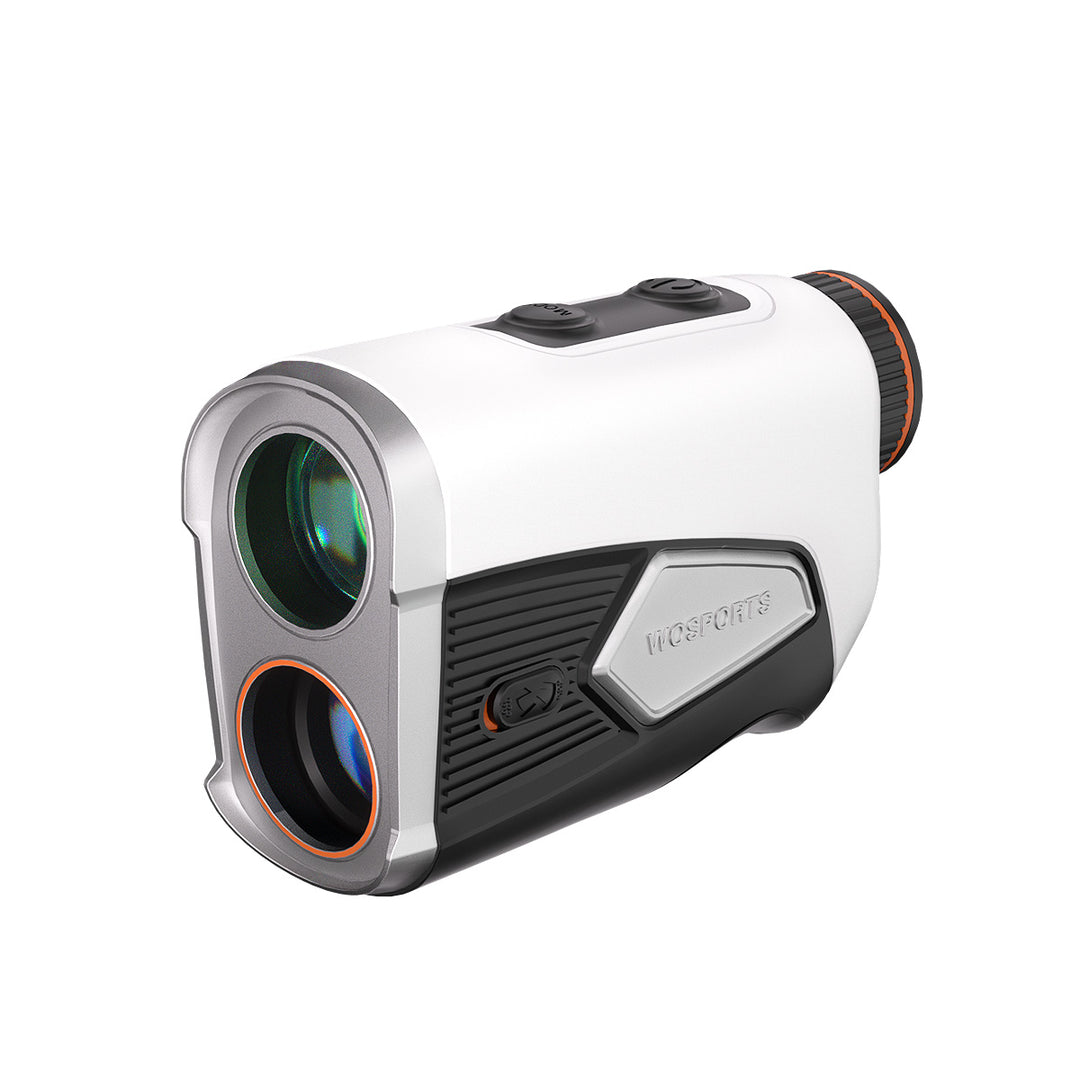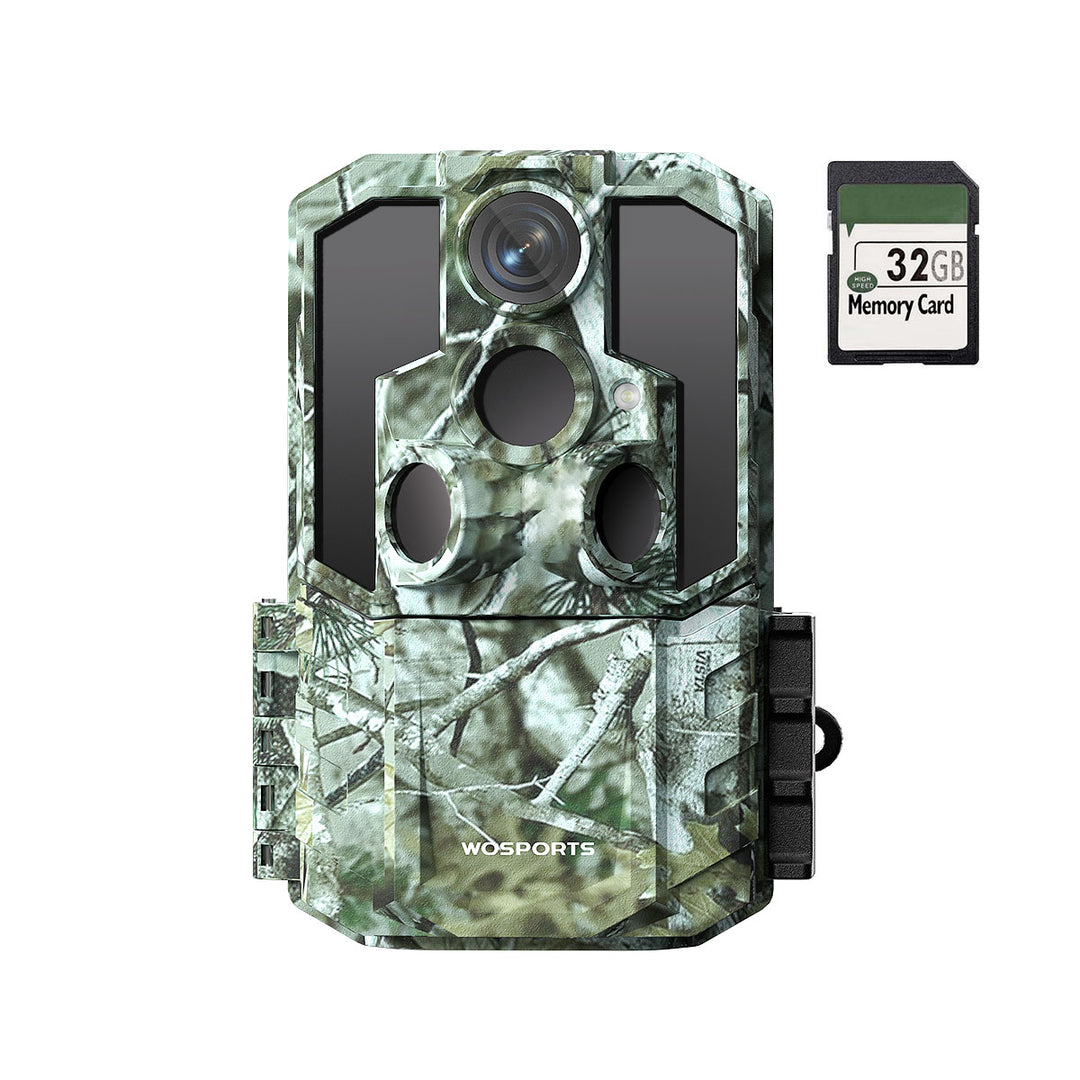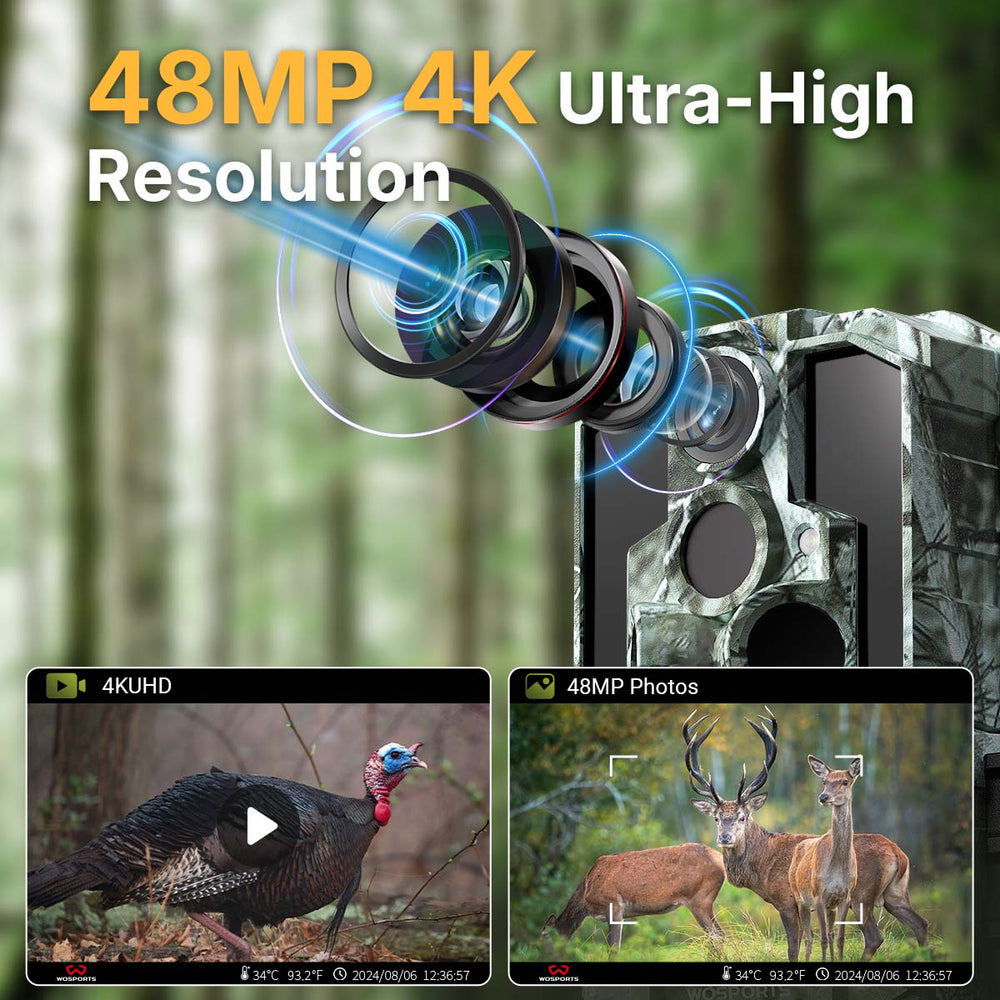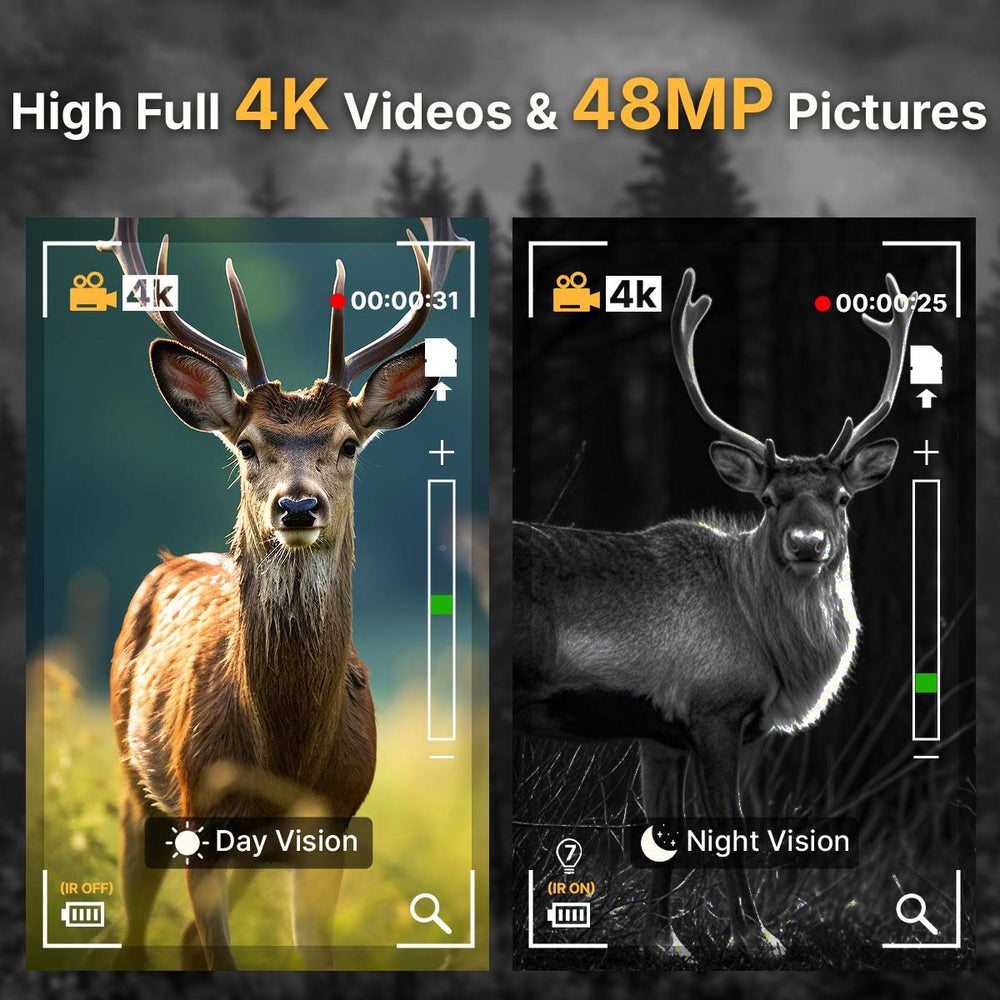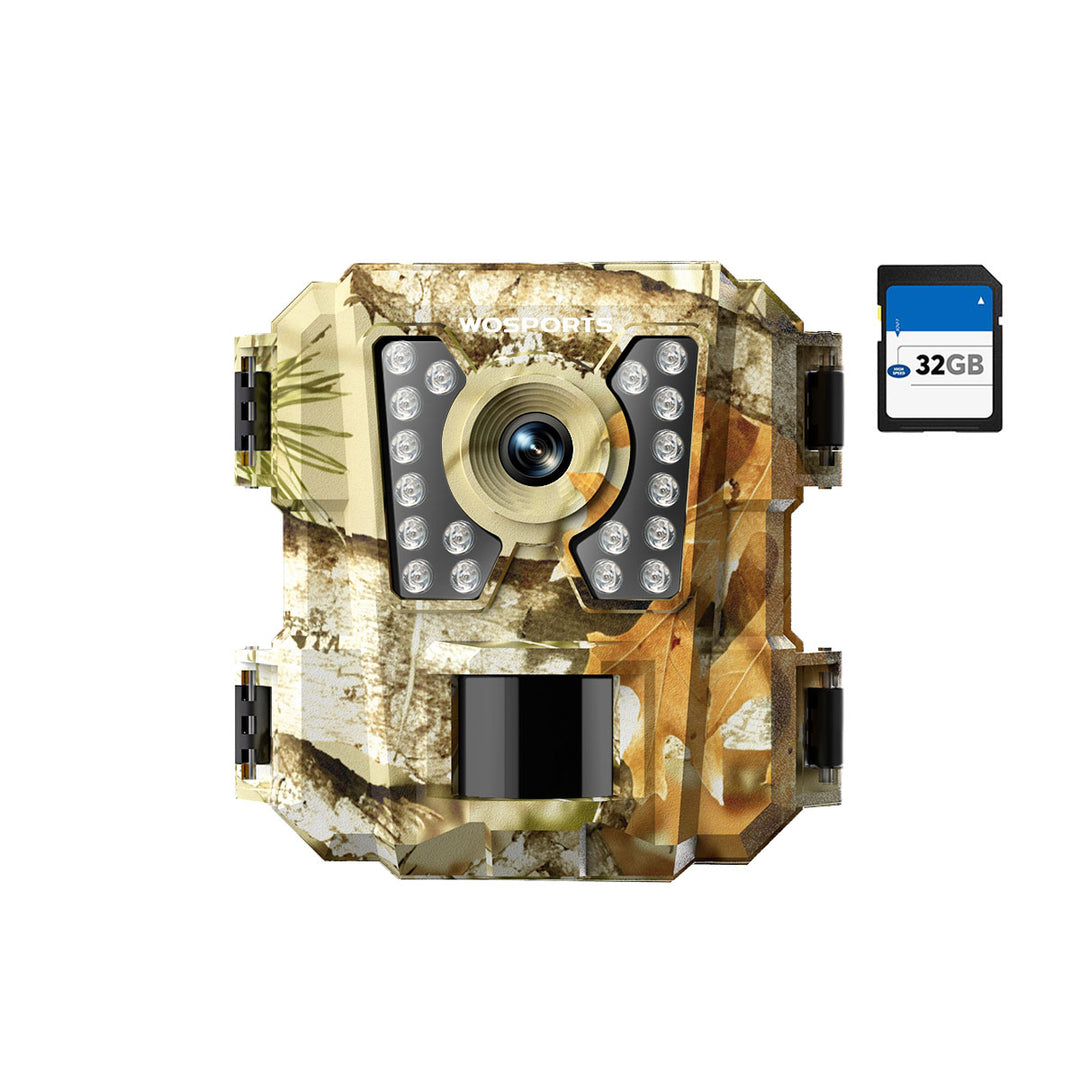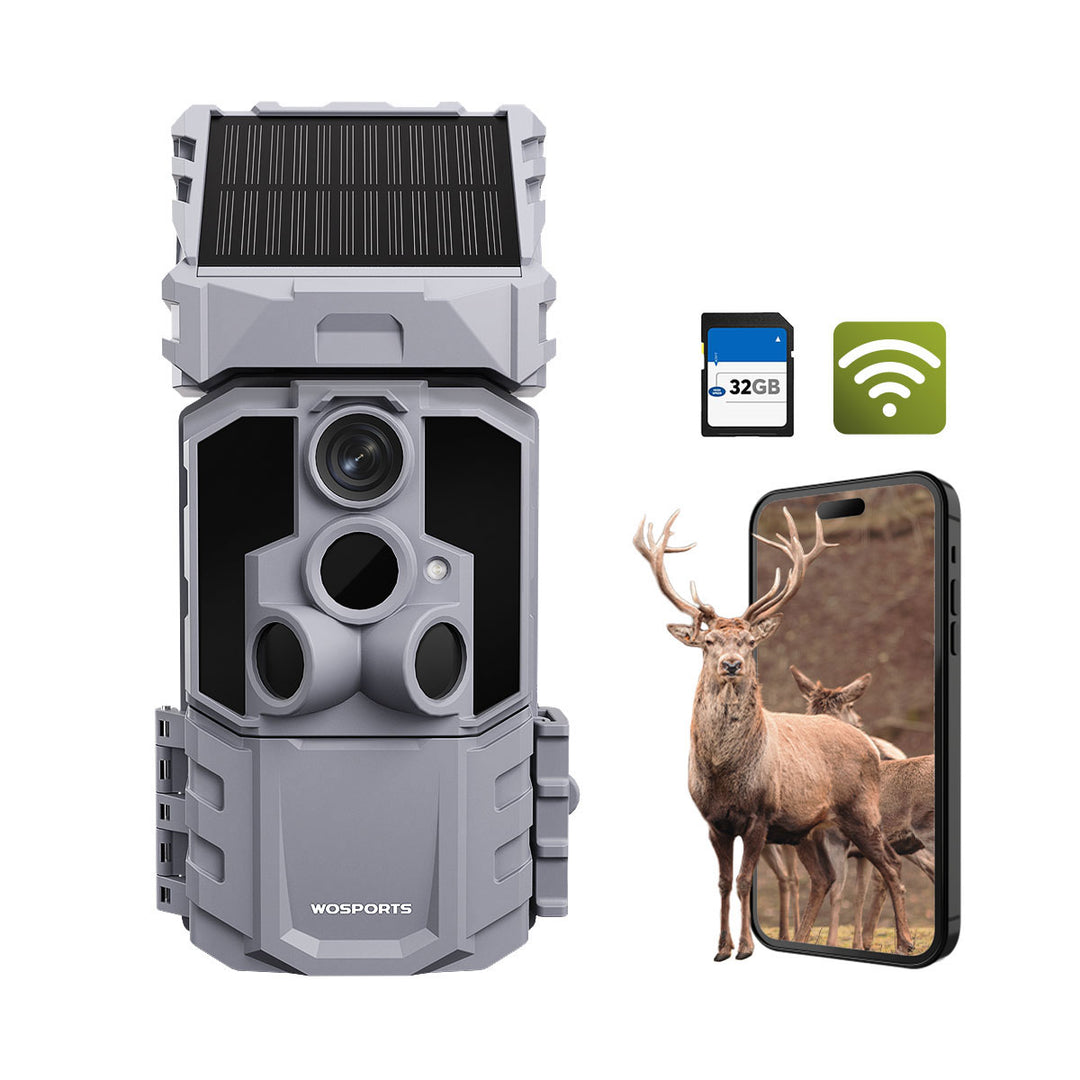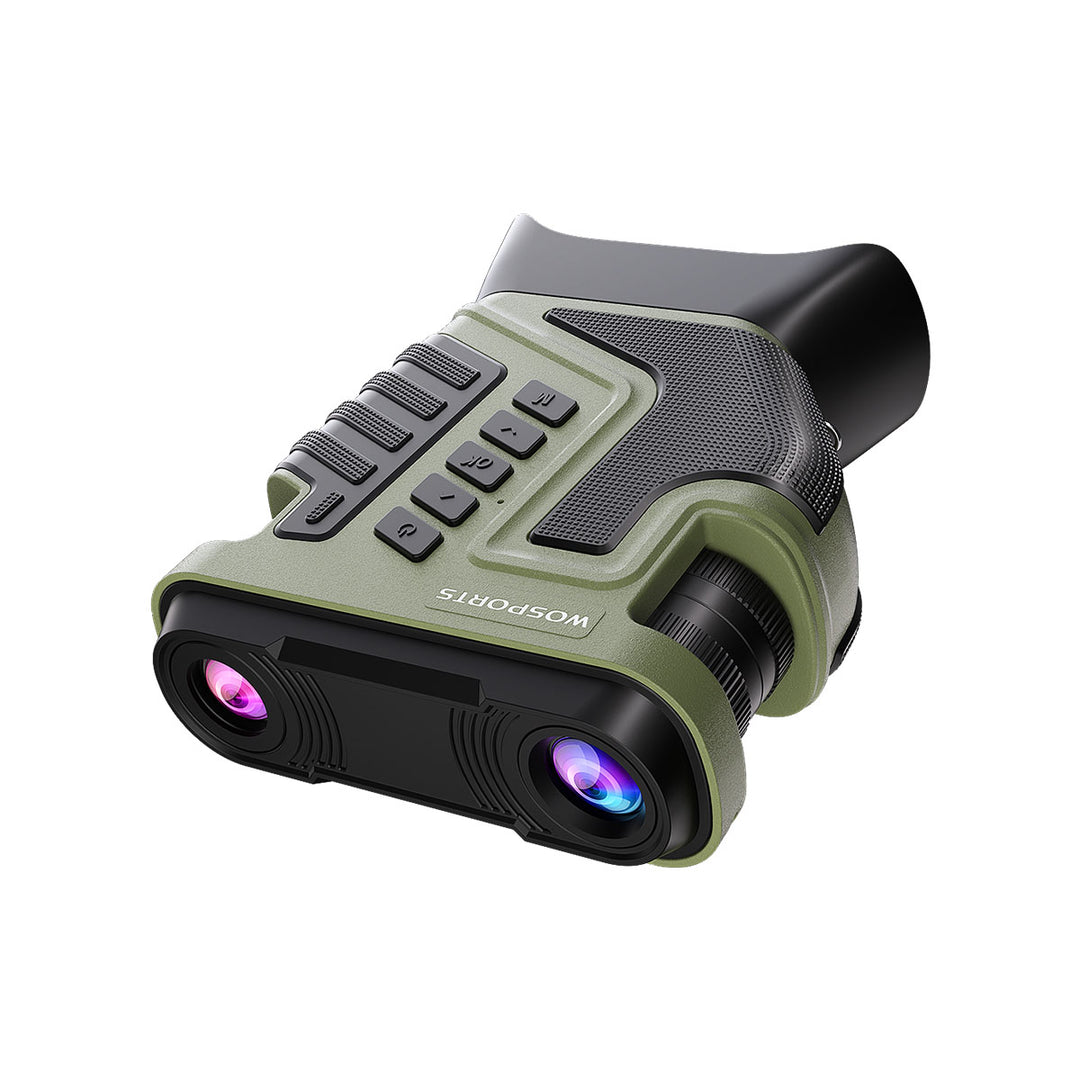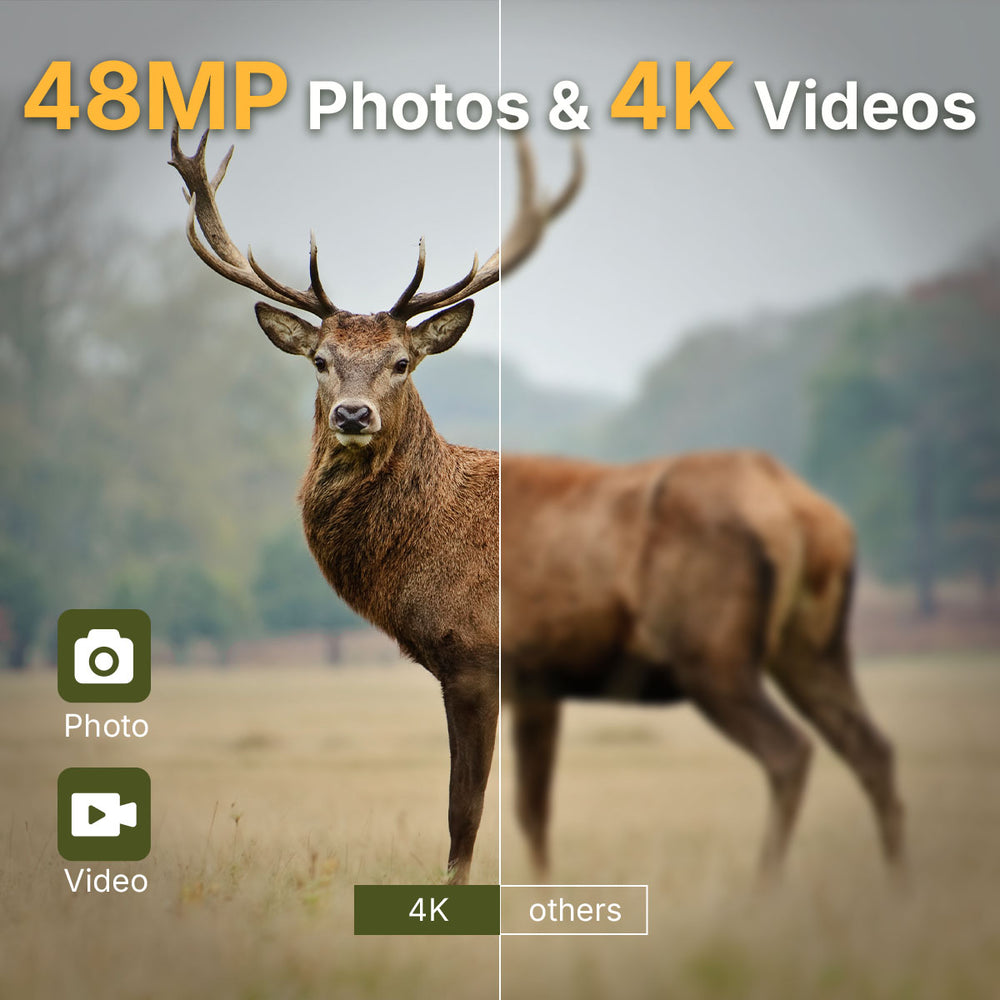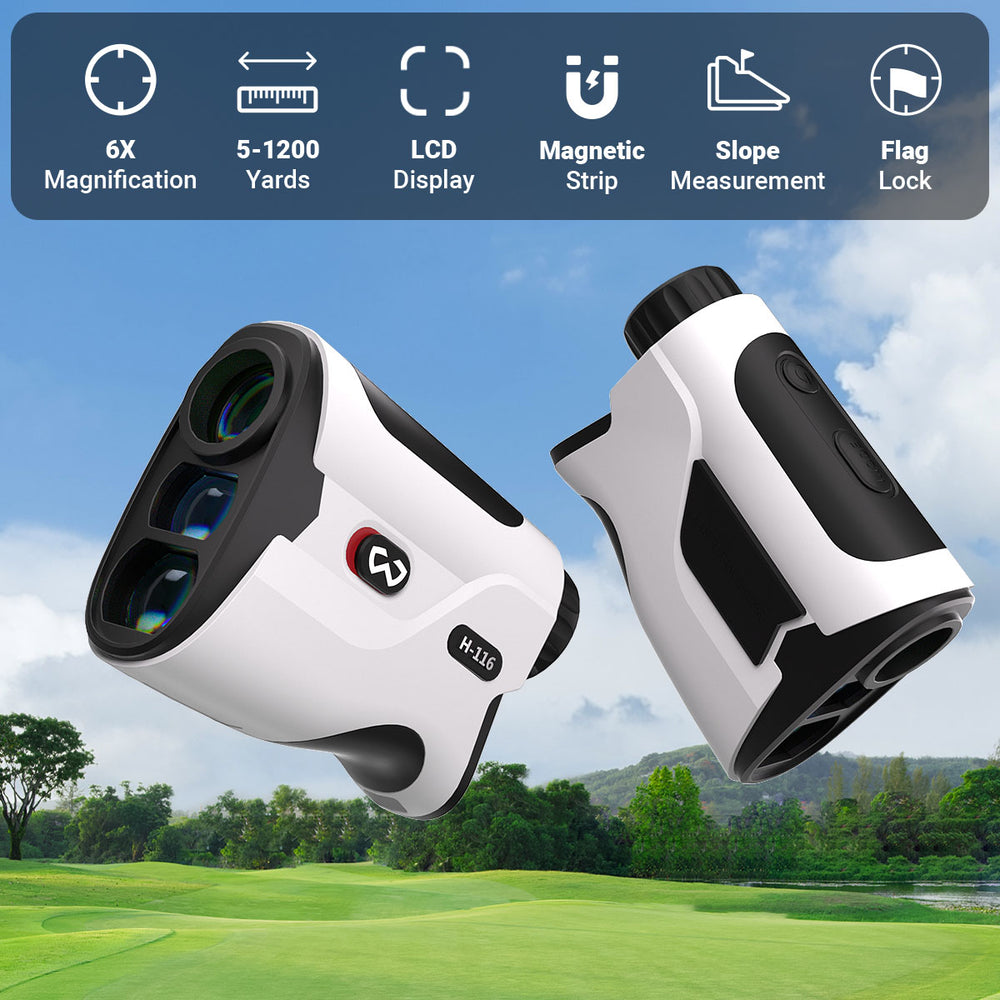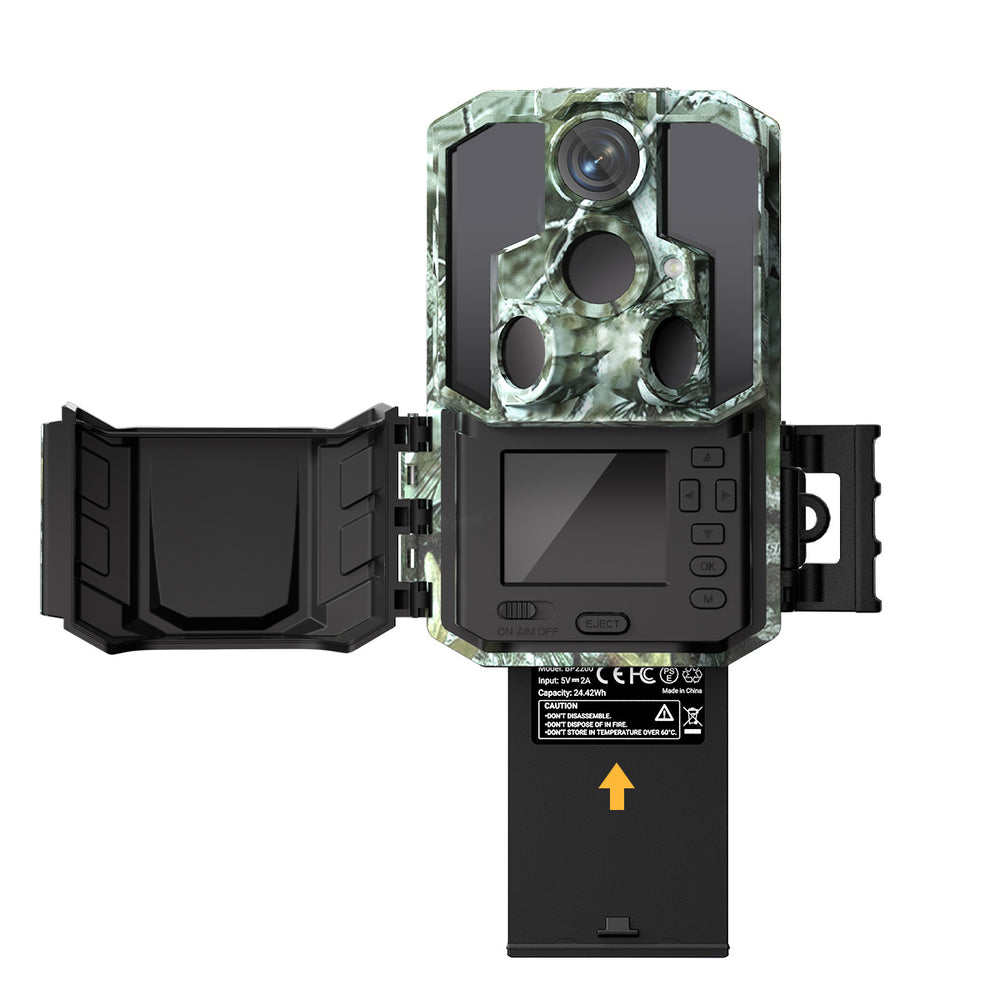Tips for Using High-Magnification Golf Rangefinders
A high-magnification golf rangefinder helps you see distant targets more clearly, lock onto flags faster, and make smarter club selections. However, simply having a device with 7X magnification or higher isn’t enough. Knowing how to use it effectively can make all the difference in your performance on the course.
What High Magnification Golf Rangefinder Means?
Keep Your Golf Rangefinder Steady
A pretty common mistake golfers make with those high-powered rangefinders is that they shake 'em. Even a little shake can blur the picture and mess up your reading.
Here's how to keep it steady:
- Use both hands to hold it.
- Keep your elbows close to your sides for support.
- If you can, use a magnetic mount or a tripod (some, like the WOSPORTS golf yardage finder, have magnets).
- Take a breath and really focus before you hit the button.

Start with a Wide Scan, Then Zoom In
Super zoomed-in views are great when accuracy counts, but it really helps to do things step by step:
First, take a quick look around the whole area to get an idea of where the green or whatever you're looking for is. Just a quick overview.
Then, crank up the zoom to really focus in on exactly where the flag is, or to spot any tricky stuff like water or sand.
Doing it this way saves a ton of time. You are less likely to totally miss what you're after. Sometimes things might be hiding a little, like behind a tree, and you'd never know if you went straight to the zoomed-in view.
Use Flag Lock in Conjunction with Magnification
Want to get super-accurate distance readings on the golf course? Try using flag lock and magnification together – they're a great combo!
If you can zoom in really close with high magnification, the flagstick is way easier to spot. Then, when you use flag lock, your rangefinder knows exactly what you're aiming at. It cuts out all the distractions, like those sneaky trees in the background that can mess with your readings. Basically, flag lock makes sure you're locking onto the flag, and nothing else.
Some rangefinders have this down. Take the WOSPORTS L06 Golf Rangefinder with Slope, for instance. It's got 7x magnification, which brings everything right up close. And it uses a smart flag lock feature. This lets you get distances really accurately and quickly, even when the sun is glaring. You'll be able to trust your yardage, and pick the right club, every time. It makes judging distances so much easier, especially on those longer shots where precision is key.

Adjust the Focus Properly
The use of high magnification does not imply clear readings; the proper focus is the main factor in the issue of precision. If a high-powered rangefinder is used, then the eyepiece should be adjusted until the crosshair and the object being aimed at look sharp and clear. Focusing on a known distance, say 100 yards, will help confirm that your readings are right before you go out to the course. The light conditions can vary during your game, so it is a good idea to check and adjust the focus from time to time in order to have a constant and clear view. By focusing correctly, the high magnification will give you the greatest advantage and the measurement made will be more reliable.
Use Magnification to Read Slopes and Hazards
If you crank up the magnification on your rangefinder for golf, it can really help you spot things you might miss with just your eyes.
High magnification can help you see:
- Elevation changes on the green.
- Sand traps, water hazards, or bunkers.
- Pin placements and flagstick details.
If your rangefinder has a slope compensation feature, use it along with the magnification, this process gives a better sense of the course, and helps to select the right club, not just for how far away the hole is but also for how high or low you're hitting.

Clean and Maintain Your Lens
A dirty lens can make things look unclear, which wastes the high zoom.
- Use a microfiber cloth to clean it often.
- Try not to touch the lens with your fingers.
- When you're not using it, keep the rangefinder in a case.
Clean lenses mean you can really use that 7x zoom and get clear, spot-on readings.
Practice Using High Magnification
Like any skill in golf, using a high-magnification rangefinder effectively takes practice. Spending time on the driving range or practice green helps you get comfortable with how the device reacts at different distances and lighting conditions. As you become familiar with the level of detail magnification provides, you’ll learn how to steady your aim, track the flag more easily, and interpret readings with greater confidence. Practicing with various targets—such as flagsticks, bunkers, or hazard edges—also teaches you how magnification interacts with features like slope or background objects. The more you use your rangefinder in realistic situations, the more naturally it will fit into your game, helping you rely on it for faster, more accurate distance decisions during every round.
Search
Popular Posts
Recent Posts

Nov 28, 2024
Troubleshooting Common Trail Camera Issues
Jan 10, 2025
Why Does My Trail Camera Stop Working at Night?

































